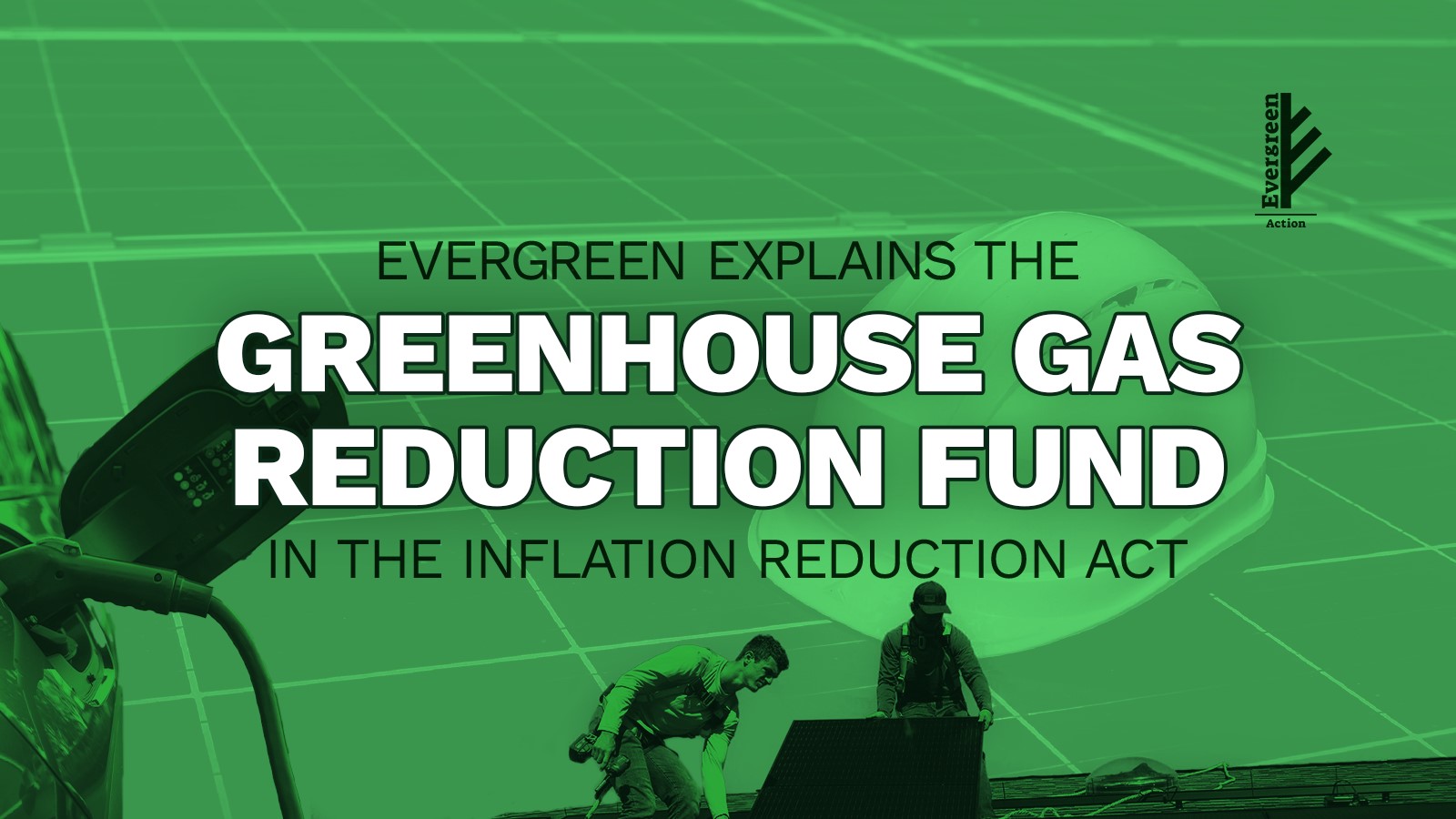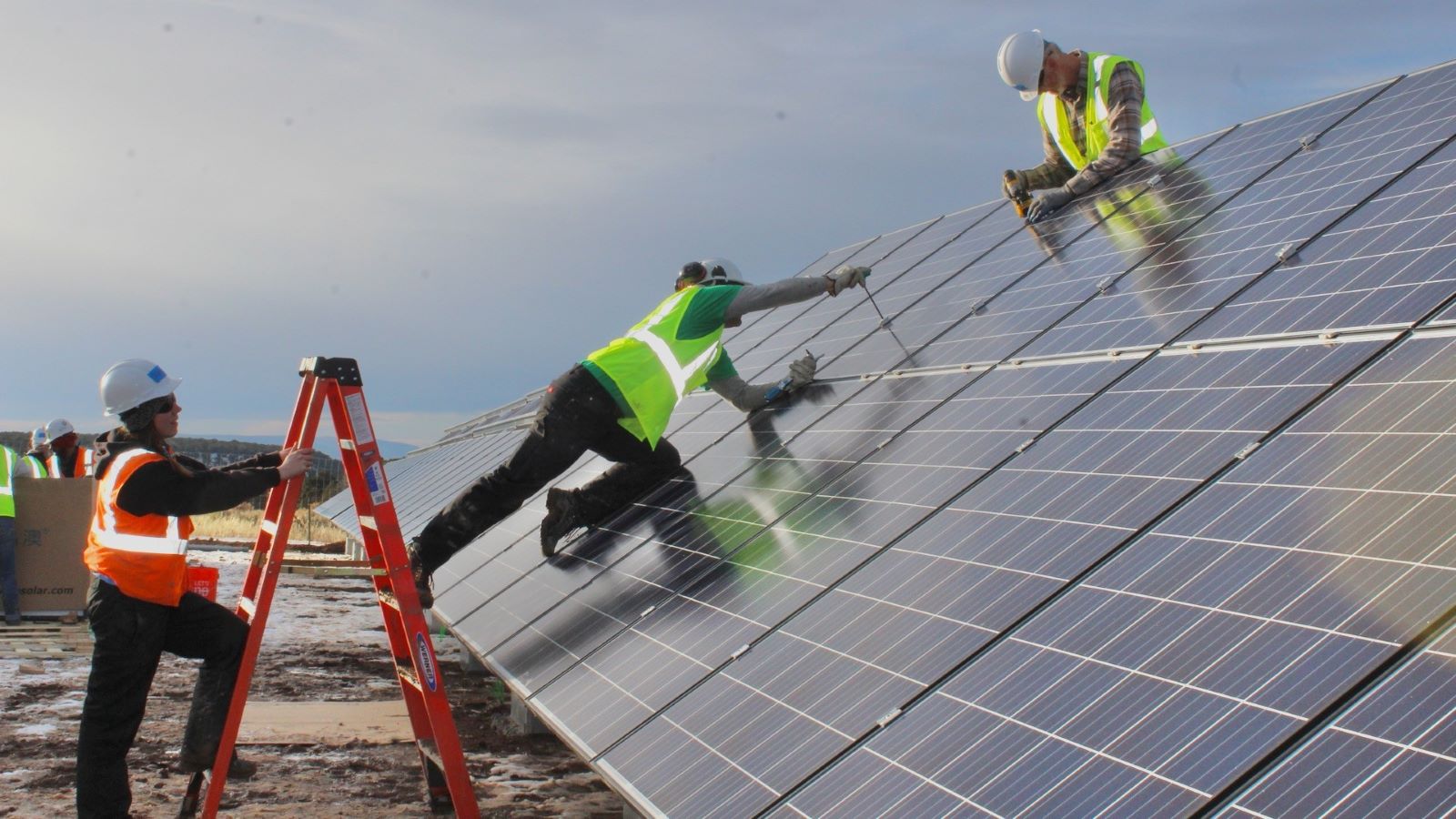Editor's Note
Federal investments are bringing billions of dollars into clean energy industries, creating good-paying jobs, lowering energy costs, and cutting pollution. But right now, those programs are under threat from both the Trump administration and Republicans in Congress. Our work isn’t done. In order to assist federal agencies, states, local communities, Tribal governments, businesses, and other partners to take full advantage of this funding, Evergreen has put together a collection of resources to help defend and implement key programs in the Inflation Reduction Act (IRA).
Providing a massive $27 billion in grants, the Greenhouse Gas Reduction Fund (GGRF) is the largest grant program within the IRA. Not only does this provide a massive investment in pollution-reducing, clean energy technology, but it targets communities that have been historically overlooked and underserved and brings equity to the clean energy transition. And the program's flexibility puts decision-making into states and communities’ hands—allowing local leadership to design and implement programing for maximum impact. This financing will have both immediate and long-lasting impact, by deploying clean energy projects in communities now, and supporting the creation of green banks that can finance clean energy projects well into the future.
The deadline to take advantage of these funds is fast-approaching: The Environmental Protection Agency (EPA) only has until September 2024 to award the money. And what follows is the potential to kick-start the transition to clean energy and reducing harmful pollution for impacted communities. It will take engagement from communities, nonprofits, financial institutions, state, local and Tribal governments to deliver transformational impact. That means equitable investment in projects and long term development strategies that prioritize benefits for historically harmed communities.
How does the GGRF work?
The $27 billion is divided among three competition programs, each with different intentions: the National Clean Investment Fund, the Clean Communities Investment Accelerator, and the Solar for All competition. Through these three programs the GGRF will provide 55 percent of the benefits to disadvantaged communities, making this one of the most impactful IRA programs for low-income, Black, Brown and Indigenous communities.
Nonprofits or eligible nonprofits for the purpose of the GGRF program refers only to nonprofit organizations that are designed to provide capital, leverage private capital and provide other financial assistance for the deployment of clean energy technologies, with ability to invest in or finance projects, and must be funded by public or charitable contributions.




